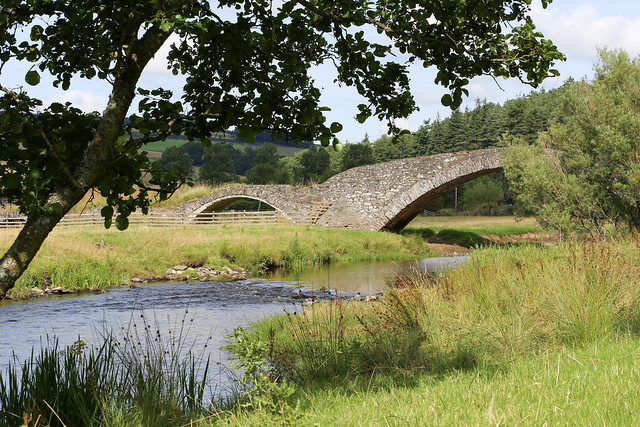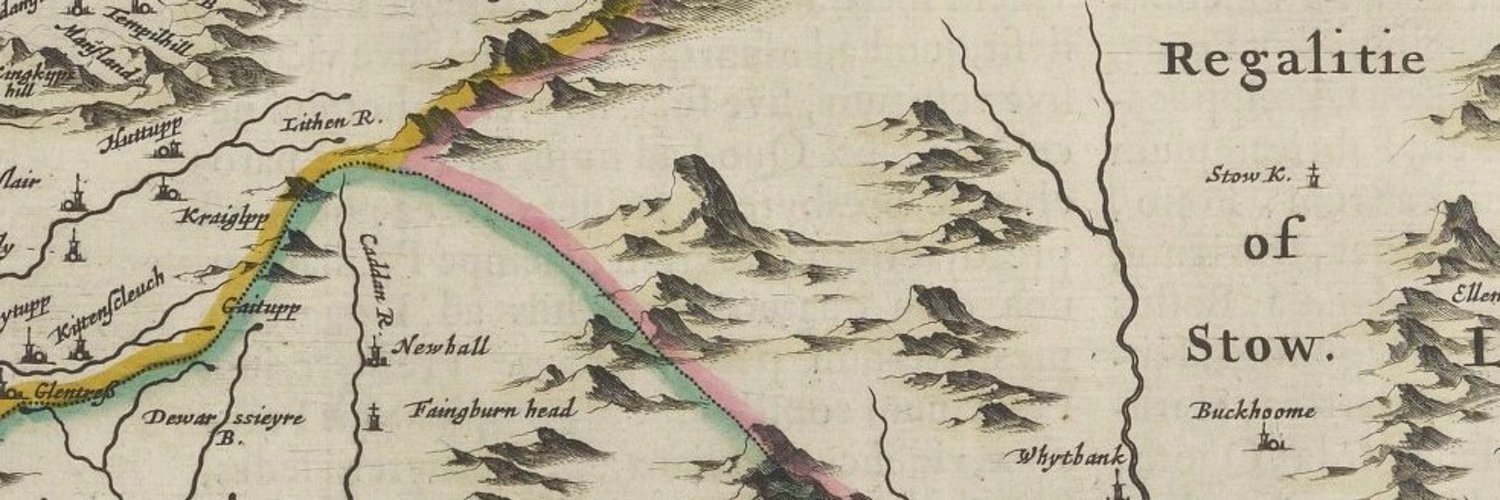
Jump to: Our Premises | Local Facilities
A brief(ish) history of our village
The origins of the village of Stow, or more anciently Stow of Wedale, are lost in ancient myth and legend but prehistoric hillforts (and even a rare southern broch!) crowd this little valley.
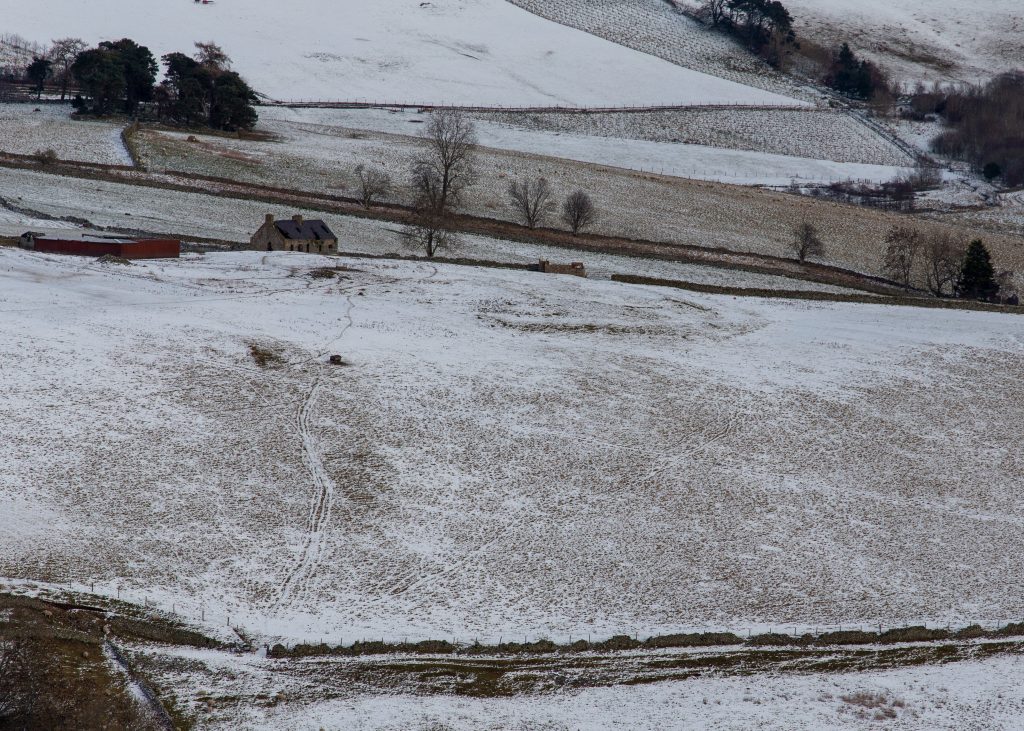
This was once the land of the Votadini, as the invading Roman soldiers encountering them would call them. They outlived the Roman Empire by hundreds of years and are remembered because of a poem – one of the oldest written stories in Europe: The Gododdin.
According to a 9th century Welsh monk, Nennius, in his ‘Historia Britonnum’, the legendary King Arthur fought 12 great battles – one of which is said to have taken place here, in the shadow of the hillfort which might well be the legendary Castle of Guinnon and the site of which looks down on the valley even today.
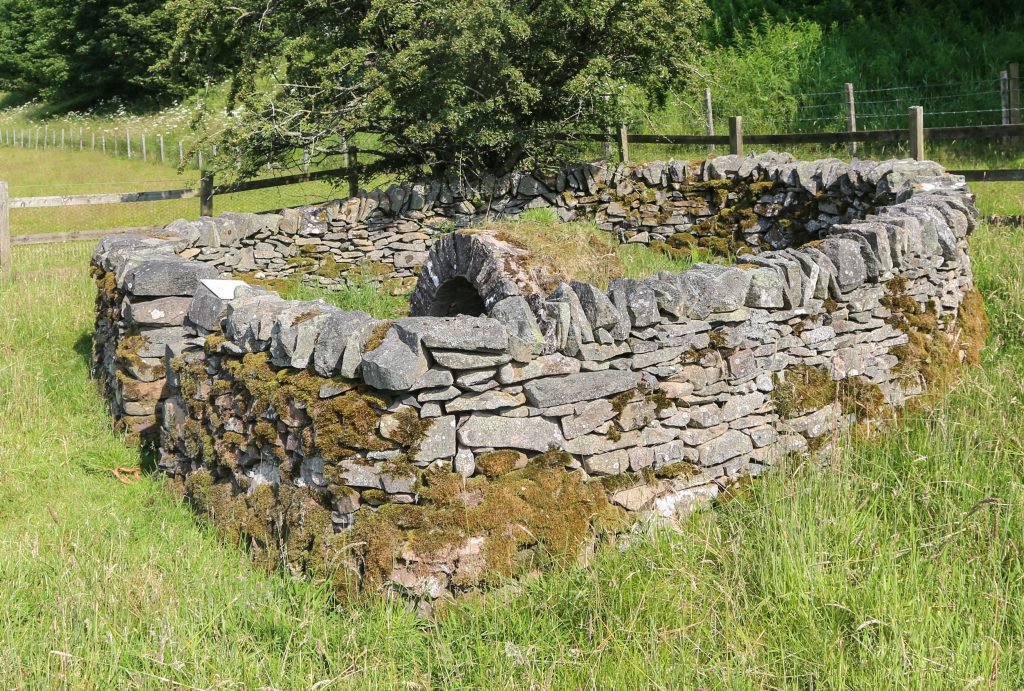
Arthur received a vision on the eve of battle of Guinnon, in which the Virgin Mary promised victory to a Christian champion. Arthur had the image of the Virgin and child displayed on his shield and then went on to win the battle. According to local legend, he built a chapel just south of the battle site at Stow of Wedale in Mary’s honour, beside an existing well of spring water. That well became known over time as Our Lady’s Well. Regardless of the facts, what is clear is that this place became one of the holiest sites in Scotland and a place of pilgrimage for centuries. It is one of the oldest places associated with the Virgin Mary in Scotland and can still be visited today. The name Stow of Wedale is said to be Old Northumbrian for “Holy Place in the Shrine Valley”.
Over time, a chapel and other buildings were created here and the great and good would travel here as pilgrims. A sizeable village grew up alongside a larger church and the village of Stow became a very important place of pilgrimage with the Bishop of St Andrews even building a palace here.
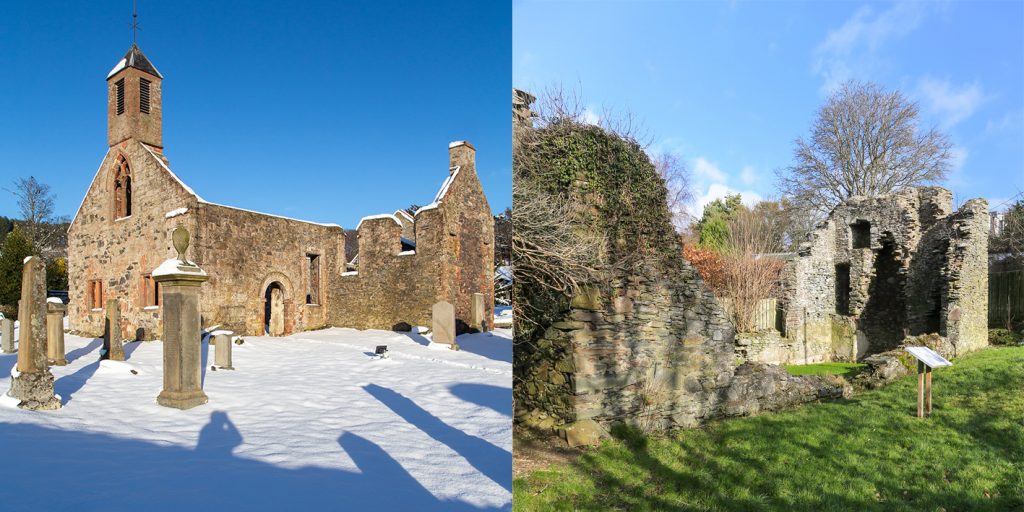
The Scots monarchs Alexander I, King David I, King Malcolm IV, Alexander II and his Queen Joan, James IV and his bride Margaret Tudor and James V all paid homage here throughout the centuries, among others. Royal brides were said to pray for children, an echo of an old Pagan idea of the spring as a place to enhance fertility.
So important was this place that it was where the hero king Robert The Bruce held the royal wedding feast for his son Prince David and the Princess Joan of England. The same flat field, or haugh in Scots, is also said to have been where witches met some 300 years later, dancing with the Devil – who appeared in the shape of a large black hound! But that’s a story for a dark, stormy night…
The Reformation put a stop to pilgrimages and shrines in Scotland and the importance of Stow declined. By the eighteenth century, Stow was a quiet agricultural village – occasionally interrupted by the throngs of soldiers passing through to wars. The industrial revolution and arrival of the railway saw Stow grow as a weaving village and examples of the skill of Stow weavers can be seen in the Parish Archive room in the surprisingly grand Town Hall!
The local football team plays in yellow and black and these colours have been adopted by the wider village and by us at The Wedale Bookshop!
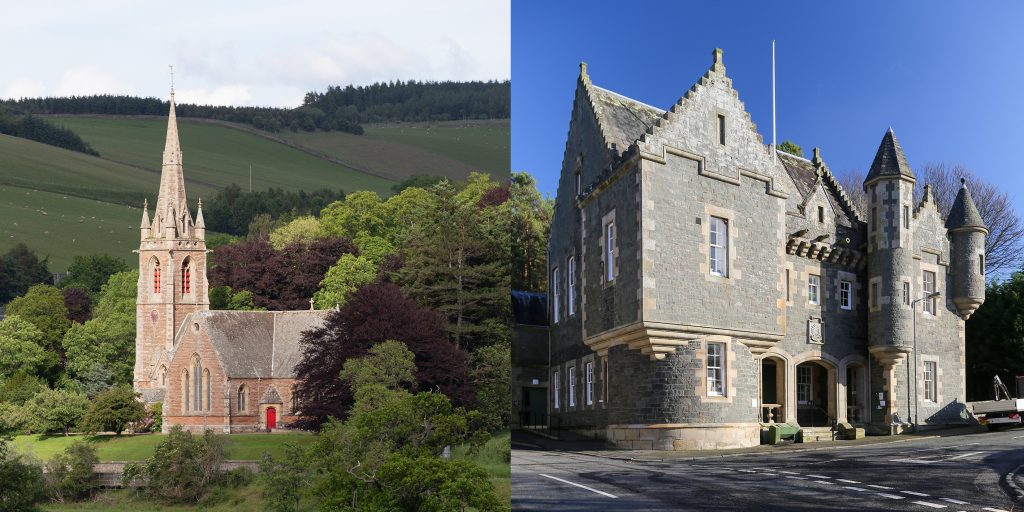
Our Premises
We are located at the heart of the village, where Townfoot and Station Road meet and cross over Galashiels Road, the A7.
Our building was designed and built by a local architectural design company who ran the premises as their offices and also later included a wood-burning stove showroom. We have a lovely wood-burning stove in the shop and we only burn wood from Borders Firewood who are less than half a mile away!
The building is proving to be very energy efficient. It is well-insulated and benefits from underfloor heating which is powered by a water-source heat pump that draws heat from the Pennywhiggam Burn! So, we’re not just a local, independent bookshop; but a sustainable one, too.
Our ground floor is fully accessible, and our first floor is accessed via a spiral staircase. If you are not able to make it upstairs, we will of course be happy to bring a selection downstairs for you to look through.
Local Facilities
Today, Stow is thriving community with a wealth of local activities. There are an ever-growing range of walks around and from the village, which visit many of the historic sites mentioned above. Cycling is a joy in this area, although some of the hills which surround the village are only for the very powerful cyclists – but e-bikes are available for hire in the village! Local walking trail maps and guides will be available in our shop. If you arrive by car, and need some help – we’d highly recommend our local Millburn Garage.
Nearby, on Townfoot, you will find the well-stocked Shop and Post Office. In addition to a wide range of foods and drink perfect for picnics (they sell the local gin!) they have a range of gifts, stationery supplies and homeware. The Post Office counter provides all the usual services, including cash withdrawals.
Also on Townfoot is The Wild Hare Cafe. Serving teas, coffees, breakfasts (highly recommended!), cakes and tasty lunches, look out also for their evening events. They do take-away, too.
Feel free to make use of the picnic benches right outside the bookshop if you have a picnic!
At the well-served railway station (trains every 30 minutes in each direction between Edinburgh and Tweedbank during the day), you will find the recently refurbished Station House.
Accommodation in the centre of Stow can be found at the beautiful Wedale House and Bothy, just minutes from the bookshop and situated in one of the grandest houses in the village – formerly one of the village manses.
You can find out more about what’s going on in the village and wider parish on the community website: www.stow.scot
